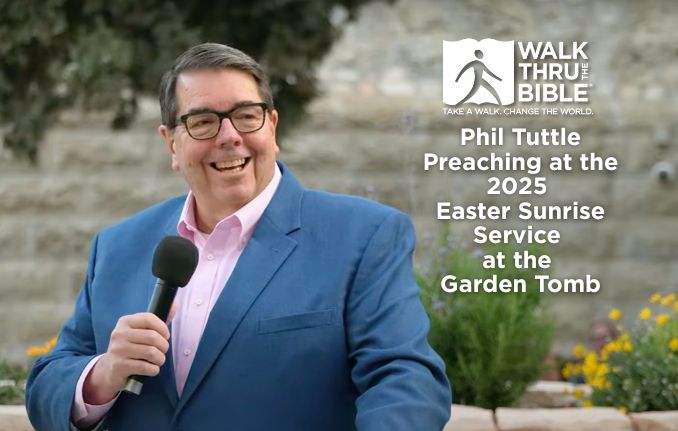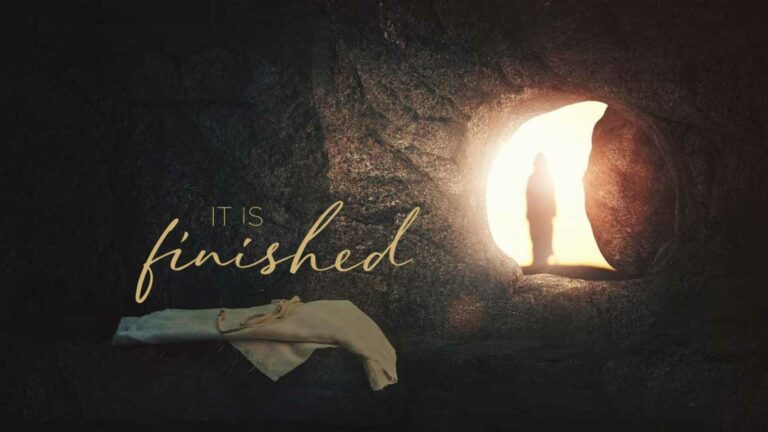
Join us at The Cove this Summer!
Join us for a week of teaching, time with God, fellowship, nature, and more at The Cove: A Billy Graham Training Center. July 21-25, 2025!
Read More If you ever played Bible trivia growing up, you are probably familiar with Psalm 119. It has many features that make it a favorite of Sunday school teachers and Vacation Bible school leaders alike: it’s not only the longest chapter in the Bible but it’s also the longest psalm. It’s in the middle of the Bible, so it’s easy to find. And to top it off, Psalm 119 contains one of the most quoted and quotable verses in the whole Bible, verse 11: “I have hidden your word in my heart that I might not sin against you.”
If you ever played Bible trivia growing up, you are probably familiar with Psalm 119. It has many features that make it a favorite of Sunday school teachers and Vacation Bible school leaders alike: it’s not only the longest chapter in the Bible but it’s also the longest psalm. It’s in the middle of the Bible, so it’s easy to find. And to top it off, Psalm 119 contains one of the most quoted and quotable verses in the whole Bible, verse 11: “I have hidden your word in my heart that I might not sin against you.”
In addition to all these unique features, Psalm 119 spotlights the multi-faceted Word of God. This psalm has it all.
Serious Word Play
In Psalm 119, the writer, perhaps a priest, created an elaborate acrostic based on the Hebrew alphabet that gave it a formal structure in the original language. Passionate about Scripture, he used several synonyms for God’s Word, describing it as:
 He also used surprising images to grab readers’ attention and make the truths memorable. For example, God’s Word is:
He also used surprising images to grab readers’ attention and make the truths memorable. For example, God’s Word is:
But Psalm 119 wasn’t written to prove the writer’s cleverness with acrostics or metaphors. It was written to show us how to apply its eternal truths to the daily disciplines of life: our business decisions, response to authority, choice of counselors/advisors, our approach to times of testing and discouragement, and more.
And the best way to learn those truths is to read it.
Four Ways to Read Psalm 119
 Psalm 119 is filled with rich images and deep truths about Scripture that teach us why reading and studying the Bible is so important. It also reminds us that, although people have tried to destroy it, the Bible has stood for centuries, and it will continue to do so. Another verse often quoted underscores this truth: “The grass withers and the flowers fall, but the word of our God endures forever” (Isaiah 40:8).
Psalm 119 is filled with rich images and deep truths about Scripture that teach us why reading and studying the Bible is so important. It also reminds us that, although people have tried to destroy it, the Bible has stood for centuries, and it will continue to do so. Another verse often quoted underscores this truth: “The grass withers and the flowers fall, but the word of our God endures forever” (Isaiah 40:8).
*****
Originally published in Daily Walk magazine, a devotional magazine by Walk Thru the Bible Ministries. Daily Walk magazine will help you read through the Bible in one year. Click here for more information about our magazines.

Join us for a week of teaching, time with God, fellowship, nature, and more at The Cove: A Billy Graham Training Center. July 21-25, 2025!
Read More
As we observe Holy Week and celebrate our Risen Savior, I wanted to let you know that our Walk Thru the Bible President, Phil Tuttle, will be preaching the Good Friday Service (Friday, April 18) as well as the Easter Sunrise Service at the Garden Tomb in Jerusalem this Sunday.
Read More